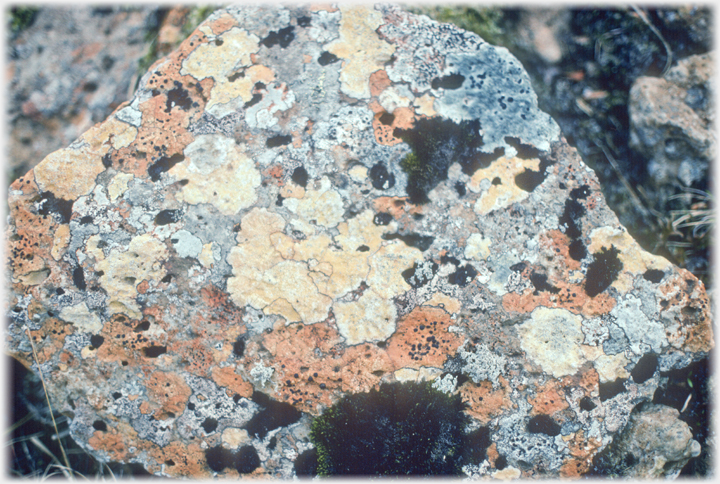 A variety of lichens crowding onto a stone in north-west Iceland. As long as there is no pollution, they can colonise habitats that flowering plants cannot endure
A variety of lichens crowding onto a stone in north-west Iceland. As long as there is no pollution, they can colonise habitats that flowering plants cannot endure
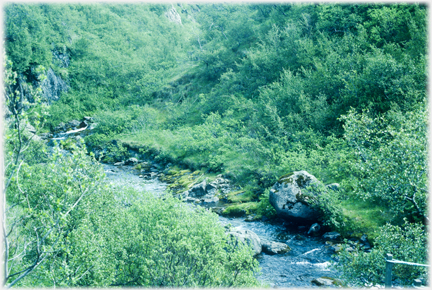 This picture shows one of Iceland's very rare natural woods. The birch trees can reach over a metre in this sheltered valley on the south coast. Generally in Iceland, if trees grow at all, it is horizontally
The muted self-effacing world of mosses, lichens and miniature flowers provide Iceland with a surprisingly rich flora. The country is new, having risen from the sea about 17 million years ago, and still mostly consists of volcanic desert - 11% of which is covered by glaciers. The volcanic ash is very slowly colonised by mosses, fungi, algae, lichens, and then by flowering plants and even a few trees. The pictures on this page reflect this balance giving pride of place to mosses. Geological processes continue, eruptions build the country up, while the parting (at about one centimetre a year) of the two tectonic plates on which the it sits, allow the country to subside. The flora of Iceland reflects this hostility as summarised in the photo below. In contrast the next page presents the showy finery of tropical flowers in Đà Lạt, southern Vietnam.
This picture shows one of Iceland's very rare natural woods. The birch trees can reach over a metre in this sheltered valley on the south coast. Generally in Iceland, if trees grow at all, it is horizontally
The muted self-effacing world of mosses, lichens and miniature flowers provide Iceland with a surprisingly rich flora. The country is new, having risen from the sea about 17 million years ago, and still mostly consists of volcanic desert - 11% of which is covered by glaciers. The volcanic ash is very slowly colonised by mosses, fungi, algae, lichens, and then by flowering plants and even a few trees. The pictures on this page reflect this balance giving pride of place to mosses. Geological processes continue, eruptions build the country up, while the parting (at about one centimetre a year) of the two tectonic plates on which the it sits, allow the country to subside. The flora of Iceland reflects this hostility as summarised in the photo below. In contrast the next page presents the showy finery of tropical flowers in Đà Lạt, southern Vietnam.
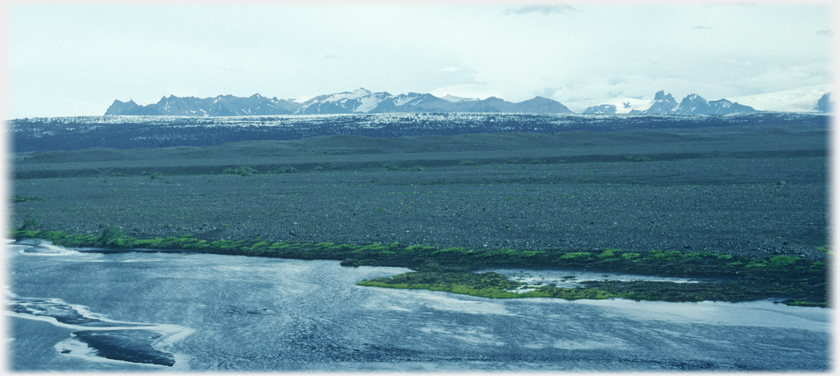 Volcanic mountains and ash, near freezing water, no place for man nor beast, but acceptable for the mosses that seem to be content everywhere - as by the banks of this river
Volcanic mountains and ash, near freezing water, no place for man nor beast, but acceptable for the mosses that seem to be content everywhere - as by the banks of this river
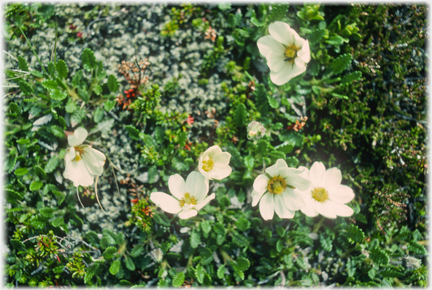 But small ground hugging plants do assert themselves...
But small ground hugging plants do assert themselves...
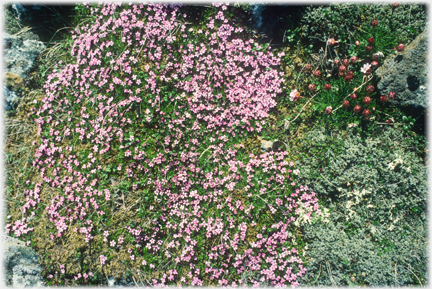 ...as in these and the examples below left
...as in these and the examples below left
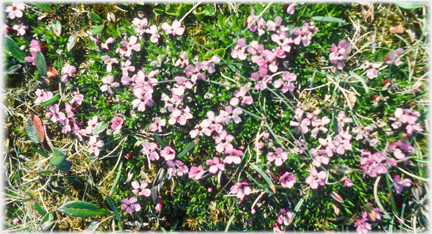
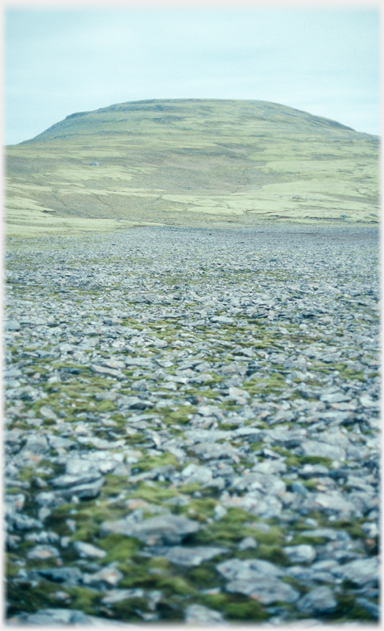
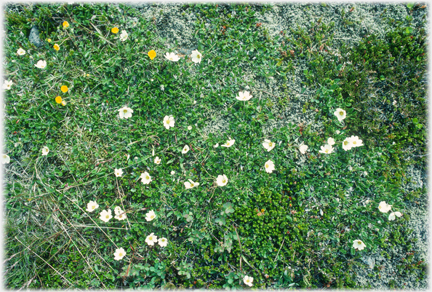
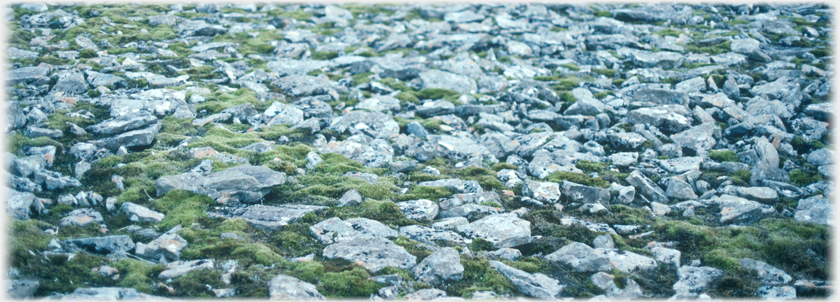 Areas where mosses have taken full advantage of the footholds broken rocks allow
Areas where mosses have taken full advantage of the footholds broken rocks allow
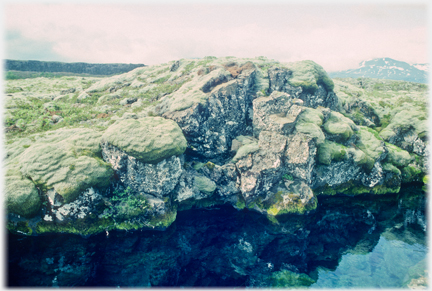 Mounds of moss pile up on rocks beside a stream
Mounds of moss pile up on rocks beside a stream
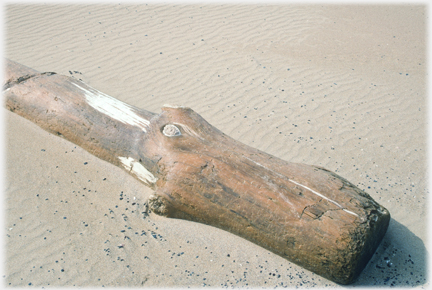 A log on a beach - must have a foreign origin
A log on a beach - must have a foreign origin
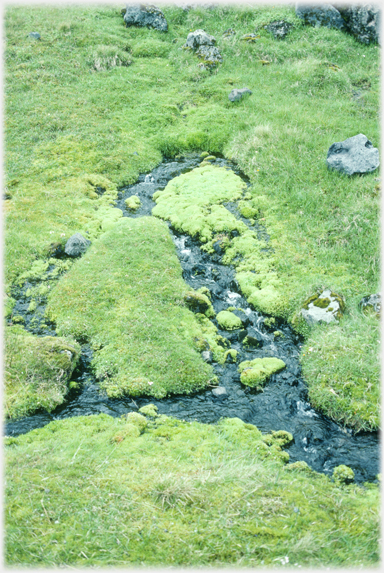
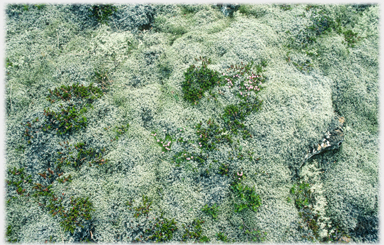 Lush deep mosses. Giving a lie to the maxim "leave only footprints" for these plants will take many decades to recover from being trodden on
Lush deep mosses. Giving a lie to the maxim "leave only footprints" for these plants will take many decades to recover from being trodden on
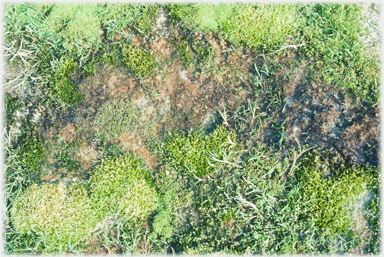
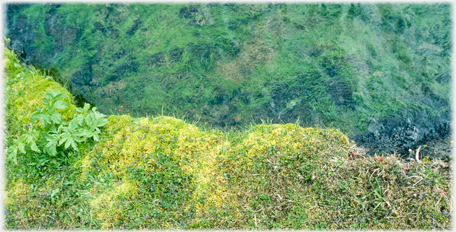 The mossy bank of a stream is distinguishable only by the darker waterweed within it and...
The mossy bank of a stream is distinguishable only by the darker waterweed within it and...
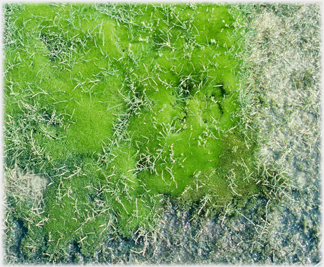
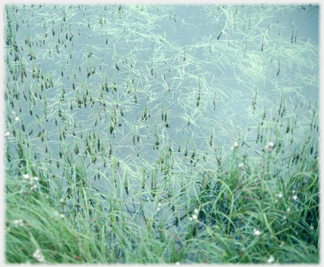 ...below only the slight breeze disturbing the surface shows that there is water in the picture
...below only the slight breeze disturbing the surface shows that there is water in the picture
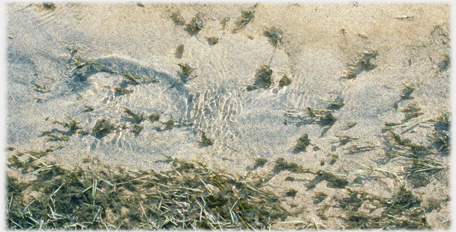
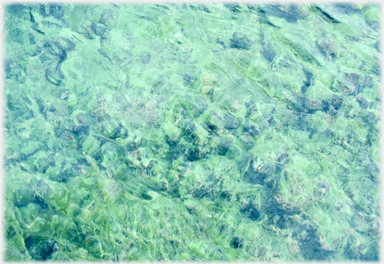 Weeds flowing with the rippling water
Weeds flowing with the rippling water
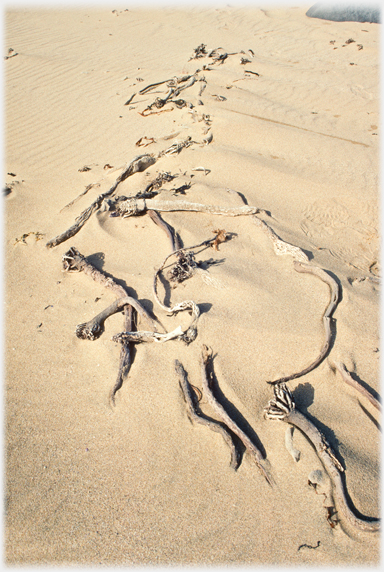 ...the streams and at the coast. And so kelp provides some of the most substantial plant remains
...the streams and at the coast. And so kelp provides some of the most substantial plant remains
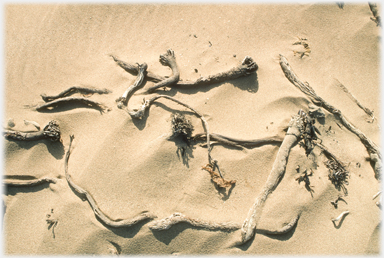 While the land offers little protection to plants, the water is kinder and water plants abound in...
While the land offers little protection to plants, the water is kinder and water plants abound in...
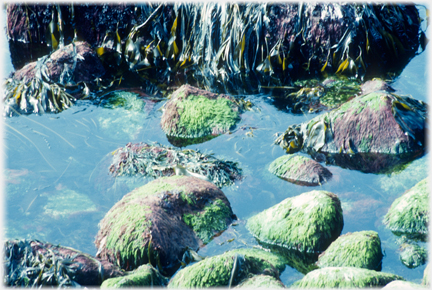 Here, in the protective sea...
Here, in the protective sea...
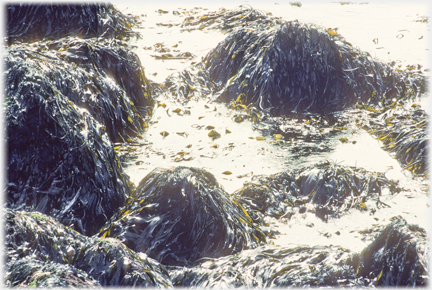 ...floral abundance is similar the world over
...floral abundance is similar the world over
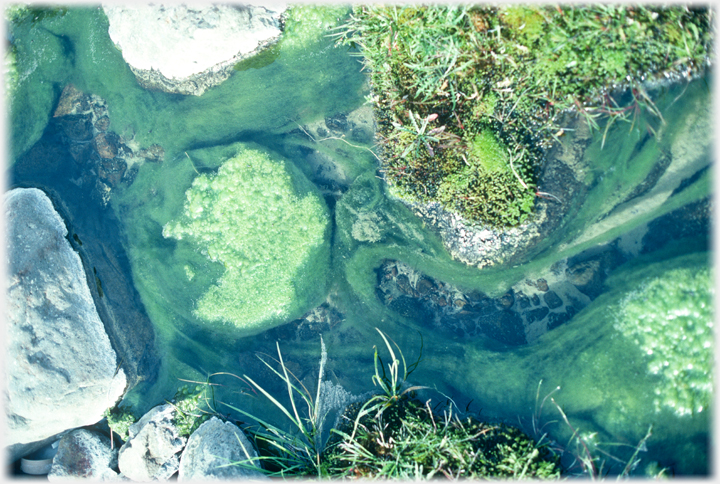 Maybe the colours and forms of Icelandic flora are muted compared to their tropical counterparts, but the subtle variety and patterns are sumptuous
Trailers...
Maybe the colours and forms of Icelandic flora are muted compared to their tropical counterparts, but the subtle variety and patterns are sumptuous
Trailers...
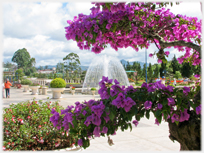 The next page
moves from moses and lichens to the more showy flowering plants of Đà Lạt in southern Vietnam.
The next page
moves from moses and lichens to the more showy flowering plants of Đà Lạt in southern Vietnam.
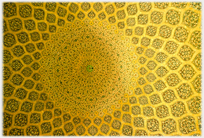 The next page
of the Mosaic Section is headed 'Particulars'.
The next page
of the Mosaic Section is headed 'Particulars'.
Or go to the contents of the Mosaic Section.

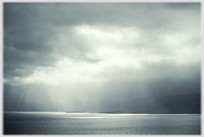 The last page had pictures from the Icelandic countryside
The last page had pictures from the Icelandic countryside
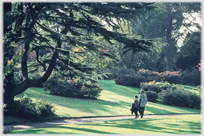 To the home of 13 million (preserved) plants - Edinburgh's Botanic Gardens
To the home of 13 million (preserved) plants - Edinburgh's Botanic Gardens
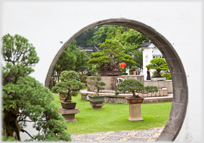 Flora in a very urban context - botanic gardens in Singapore
Flora in a very urban context - botanic gardens in Singapore
 ...guide to this site
...guide to this site